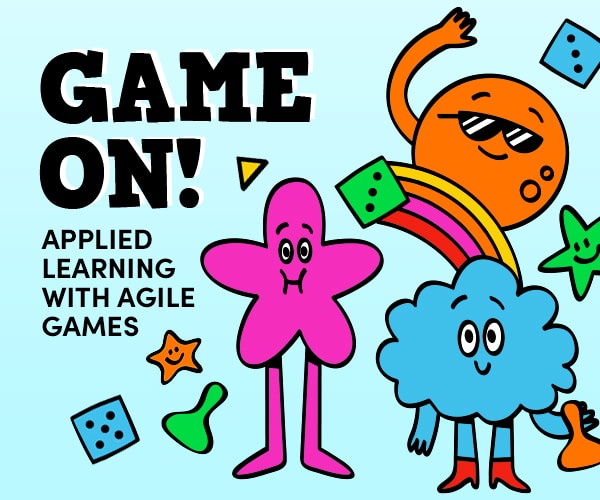Timing:
15 minutes
Overview:
This is a short game to explain why WIP is bad. It has so many variants, one of which is the lean simulation game with paper airplanes by Jeff Patton. Instead of building airplanes, we connect five dots of a star.
Resources:
Print 10 copies per team from this Star-Connect pdf file.
Steps:
- Form teams of 5’s. Each team member is responsible to connect one leg of the star. So, the first team member will connect 1-2, the second will connect 2-3 and so forth.
- The product is a set of 10 stars. Start with WIP = 10. That is a batch of 10 stars. Each team member will do his assigned work for 10 stars before it moves to the next team member.
- Let every team record the following numbers for experiment 1: Time to Customer (How much time the ustomer waited for the first output) and Total cycle time (total time it took the team to finish). For this round, both numbers should be equal.
- Re-do the experiment with WIP =5. That is 2 batches of 5’s, and record the two numbers: Time to customer and the total cycle time
- Re-do the experiment with the WIP=1, and record the two numbers.
At this point, the number that every team has recorded will explain clearly the effect of larger WIP.
Learning Points:
- WIP is bad, and the more you reduce it, the more efficient and productive you become
- Teams feel the effect of delay on the overall process. Working on big chunks of work introduces huge delays in the process.
- First time to customer is reduced tremendously with smaller WIP, which gives the team better opportunity to get feedback as fast as possible.






